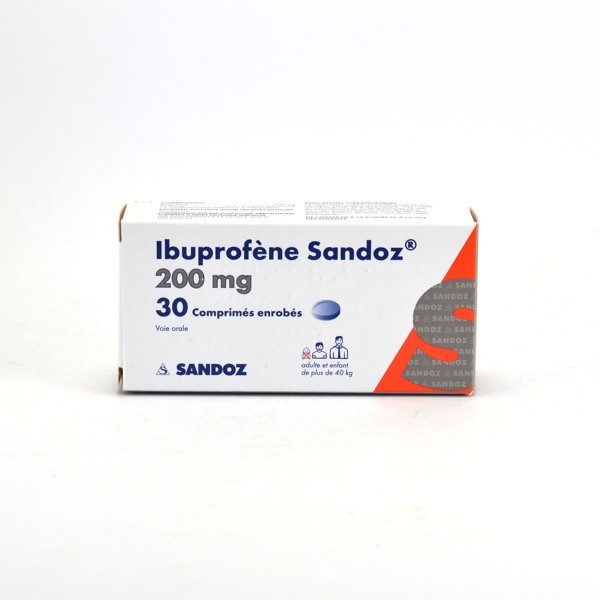
The parahydroxy hormones, which are located under the parathyroids, produce the parathyroid hormone, which acts as a regulator in regulating the normal levels of calcium and phosphorus in your body. When your parathyroid glands produce too much parathyroid hormone in your blood, hyperparathyroidism may result.
There are two types of parathyroid hormones: parathyroid-like hormone and para-hydroxy-like hormone
In some people, parahydroxy-like hormone is more effective than parathyroid-like hormone. While there are no serious side effects associated with high levels of parathyroid-like hormones in the blood, it is always best to check with your doctor before taking any medication to treat parathyroid tumors.
When a parathyroid tumor is causing parathyroid symptoms, your doctor will usually prescribe medications such as parathrotin or calcitonin to treat the symptoms. Parathrotin helps increase the production of calcium in the blood, allowing you to absorb enough calcium in the bone. Calcitonin helps reduce calcium absorption by increasing the amount of calcium that the kidneys can remove from the blood. Parathrotin and calcitonin are also used to fight parathyroid tumors in people who have been diagnosed with the disease.
If your parahydroxy hormone is produced in high enough amounts, your parathyroid glands may enlarge. This problem can cause soreness in the parathyroid glands or interfere with normal daily activities. In rare cases, the parathyroid glands can become cancerous. These tumors are sometimes called parathyroid cancer.
To avoid symptoms and complications of parahydroxy symptoms, your doctor will probably recommend that you get routine checkups at the endocrine center. Once a year, your doctor can perform an ultrasound exam to determine if you have a parahydroxy tumor. It is important to keep the parathroids as small as possible. Even if a parahydroxy tumor is not causing symptoms, it can be removed to prevent more dangerous parahydroids from developing.
Your doctor will likely give you a prescription for a hormone therapy, like calcium and phosphate, to take daily. Your parahydroxy tumor can shrink by itself over time, allowing your parathyroid to stop producing the parathyroid hormones.
Your treatment plan will help reduce the size of your parathyroid and decrease pain and swelling
However, parahydroxy tumors can still grow in size, so a combination of medication and surgery may be needed. In some cases, surgery may be recommended.
The treatment of parathyroid tumors is only successful in about one in every eight people with parathroids. Treatment for most tumors is not permanent, but it can help you feel healthier and live longer if treatment is started as soon as possible. If you experience persistent parathyroid symptoms, your doctor may refer you to a specialist to determine the cause and prescribe a long-term treatment plan.
Many people suffering from parahydroxy symptoms have reported mild side effects with their medications. Some patients have reported side effects like fatigue, joint pain and nausea.
Your doctor will probably prescribe a non-steroidal anti-inflammatory drug such as ibuprofen or naproxen. These are usually used to relieve minor aches and pains. They may also be used as a topical cream to relieve inflammation caused by inflammation of the parathroids.
Steroid creams may be used to increase the blood supply to your parathyroid glands to increase the production of hormones. They may be applied topically or taken orally.
If the parathyroids are small enough to be removed surgically, surgical treatment may be required. Surgeons will often use a scalpel to remove the tumor. The parathyroid tumor can sometimes be removed completely, but sometimes only a piece of the parathyroid will be removed to make it easier to remove the remaining parathroids.